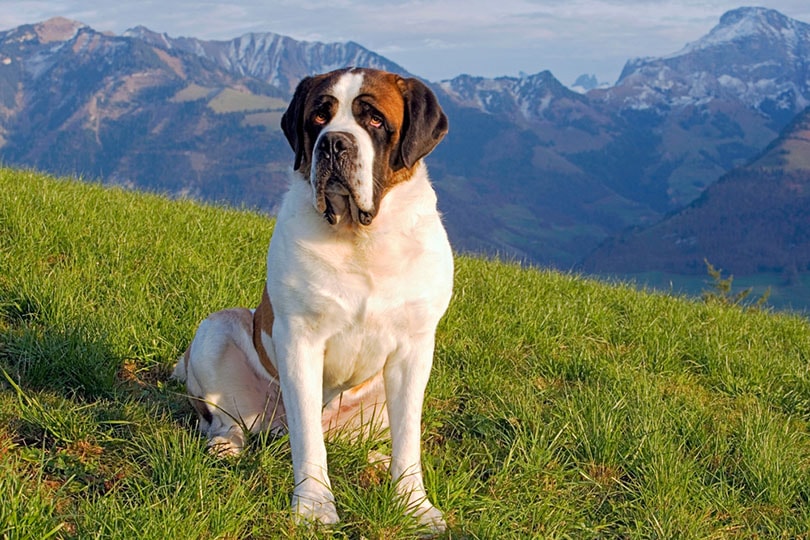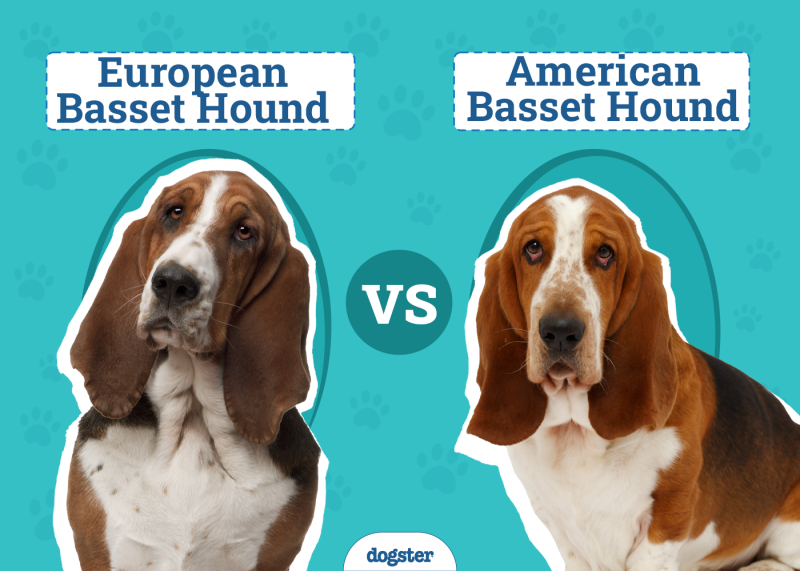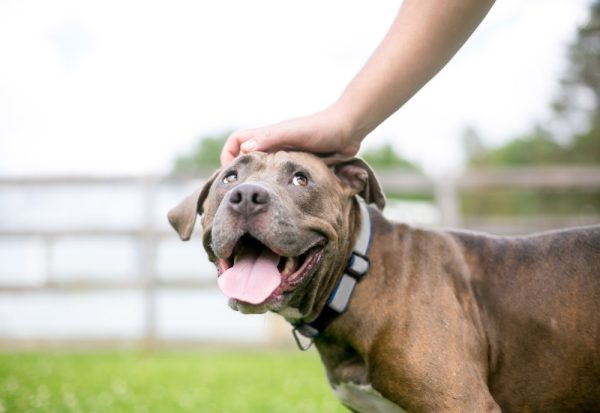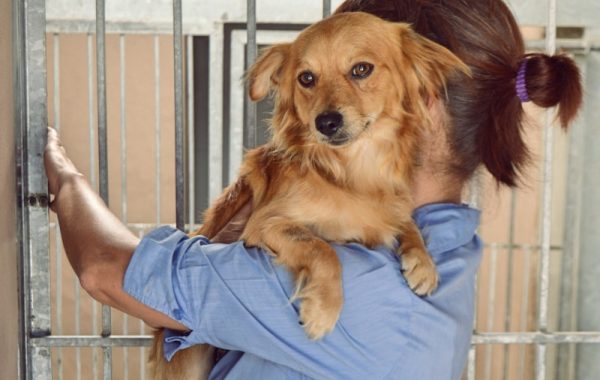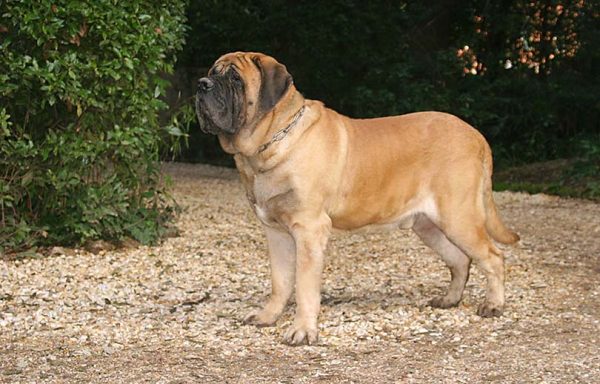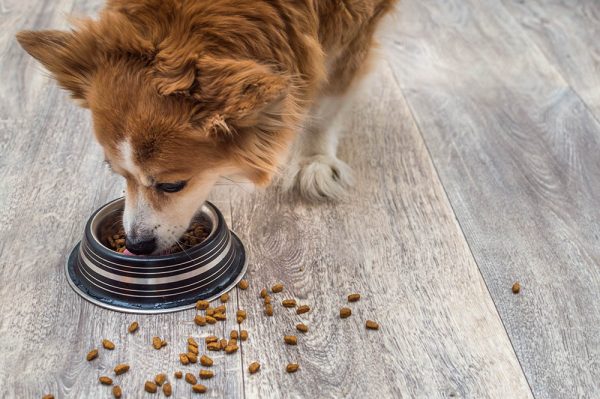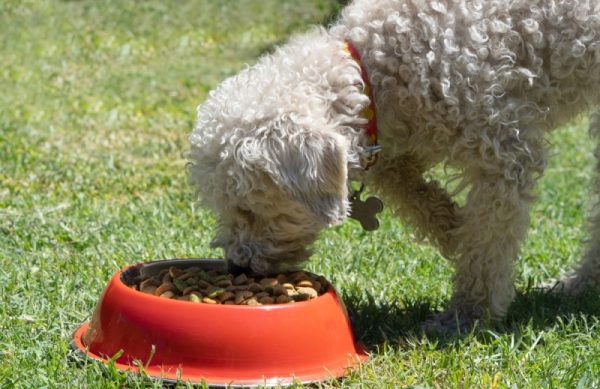Saint Bernard are giant dogs. Many of the mixed breeds descended from them are huge as well. However, they are often characterized as “gentle giants,” a trait that they often pass on to their puppies. Their child-friendly personality has made them renowned family dogs—as long as you have room for them. Despite their larger size, these dogs don’t require extensive exercise. They are also commonly called “rug dogs” because they spend most of their time lying on the floor.
However, when you mix a Saint Bernard with another dog, you don’t always know what you’re going to get. These dogs may act like their Saint Bernard parent, or you may have a hard time telling that they have Saint Bernard genes at all. When it comes to mixed breeds, you’re playing a game of chance.
We compiled a long list of Saint Bernard mixes to give you an idea of what to expect from these canines. Of course, because mixed breeds often vary, these descriptions may not be extremely accurate for each dog. That said, we will attempt to touch on the most common traits that each mixed breed has.
The 15 Saint Bernard Mixes
1. Labernard (St Bernard x Labrador Retriever)
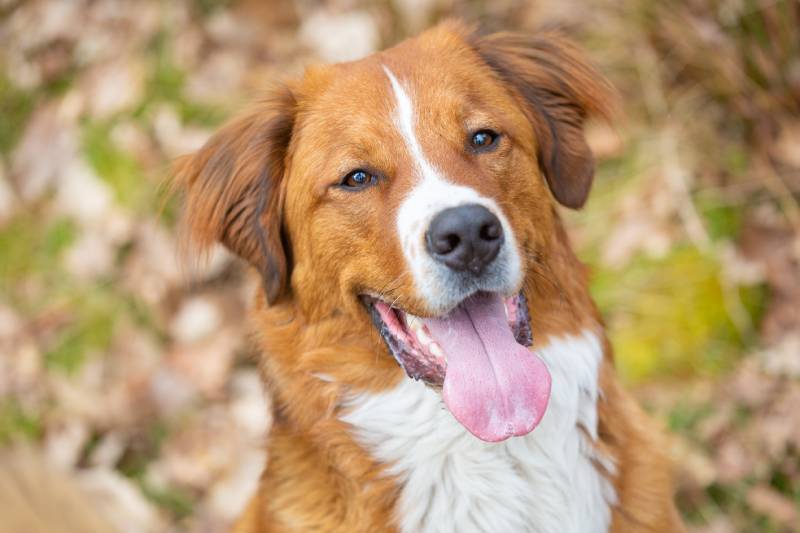
Labrador Retrievers are well-known for being good family dogs along with the Saint Bernard. They are often friendly and affectionate. They can be devoted to their family but don’t have the protective instincts of other devoted canines.
Often, they can be a bit more energetic than the Saint Bernard. They won’t need extreme amounts of exercise, though. Moderate activity is likely enough for them, but this can vary quite a bit from dog to dog. These dogs weigh anywhere from 50 to 180 pounds. Dogs on the larger side tend to require the least amount of exercise.
While you may end up with a medium-sized breed, we recommend preparing for a giant breed. That way, you don’t find yourself without the appropriate amount of room when your little puppy ends up growing into a huge dog.
2. Bernewfie (St Bernard x Newfoundland)

Because the Newfoundland is a rather large dog, this mixed canine will often end up being quite large as well. They can weigh up to 180 pounds, and most of them reach somewhere close to that. Their weight range is not as large as some other mixed breeds on this list. You should prepare for a giant breed dog, though, and expect your puppy to grow quite large.
This mixed breed is often a bit stubborn. The Newfoundland simply wasn’t bred to listen to people, so they often don’t. They can be difficult to train, though they are typically well-behaved. They may have slight protective instincts, but these are typically not serious. Regular socialization and training are important to ensure that they are accepting of strangers, but they are not typically known for their aggressiveness. Instead, they’ll just be aloof around people whom they don’t know.
When trained and socialized correctly, these dogs are known for being loving and gentle. They are often good with children due to their larger size and patient nature.
3. Saint Berhusky (St Bernard x Siberian Husky)
When you combine a Siberian Husky with a Saint Bernard, you end up with a large, active, noisy dog. These dogs are quite gentle and aren’t prone to protective tendencies. They can weigh anywhere between 80 to 180 pounds, so you never know quite what to expect from this mixed breed. These dogs tend to be quite friendly, though they may also be more laidback like the Saint Bernard.
This dog is often difficult to train due to their difficulty applying what commands they know to new situations. For instance, a Saint Berhusky may learn to sit perfectly well in training class but have a hard time figuring out that “sit” means the same thing at home. For this reason, it is important to train them in many different locations and in different situations.
These dogs are often great adventure partners. However, they don’t usually require as much exercise as you might think. While Siberian Huskies were bred to pull sleds, they don’t have high exercise needs when kept as family pets. This dog’s athleticism will often be adaptable. They’ll likely be fine with a short walk one day, cuddling all day the next, and then going on a hike the day after.
4. Saint Bermastiff (St Bernard x Mastiff)
Breeding a Mastiff with a Saint Bernard creates a rather large dog. These canines usually weigh between 120 to 200 pounds. They may have longer hair or short hair. Their grooming needs will depend mostly on what type of fur that they have.
They typically don’t require much exercise. Most of these dogs will spend most of their time lying around. They are often considered “rug dogs” for this reason. You’ll likely spend more time grooming them than meeting their activity need.
These canines can be excellent watch and guard dogs due to their intimidating nature. They often have protective instincts, which can be a problem if they are not well-socialized. It is important to train and socialize them well from a young age. If they are around many different strangers and other dogs, they won’t be so uptight when someone new comes over to the house.
They are often territorial toward other dogs, especially those of the same sex. Therefore, they work best in homes without other canines. Socialization can help with this, but these dogs don’t seem to get along well with other canines in general.
5. Saintweiler (St Bernard x Rottweiler)
Rottweilers are known for their protective qualities. They were originally bred to guard meat carts. Their name literally means “meat dog.” Usually, the Saintweiler will inherit some of these protective instincts. They are devoted to their family and will defend them to their last breath. They are extremely large, so they can be a bit difficult to handle if they aren’t socialized properly.
Luckily, these dogs are easy to train and listen well to their people. We recommend getting them in group training classes at a young age. This helps them socialize with other dogs and people and gets them started on their training. It is never too young for these dogs to start training classes. As soon as they have their first puppy shots, it is time to sign them up.
They will likely shed quite a bit and may require some amount of grooming. However, they will typically only need to be brushed to remove excess fur, though they may need to be groomed as often as daily during their heavy-shedding months.
6. Saint Berxer (St Bernard x Boxer)
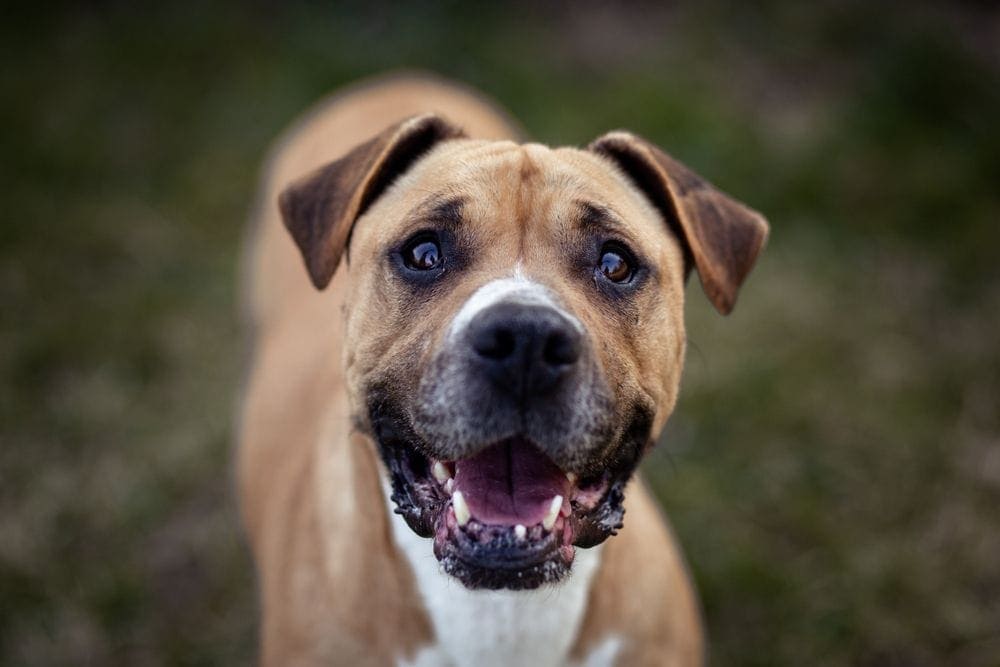
Saint Berxers are often much more active than the other breeds on this list. They can be playful and enjoy romping around with their family, despite the fact that they can reach up to 120 pounds. They can also be decently small at just 50 pounds. It mostly depends on the genes that they inherit.
Despite their athleticism, these dogs are often quite laidback. They are gentle and just typically want you to throw their ball instead of cuddling on the couch. They need daily exercise, preferably with plenty of playtime as well. Playing is often the main way that they connect with their people, so you should plan on playing with them extensively.
They work best in active large families. One person can meet their needs, but it is going to take up a great deal of their time. If the family has many children and each child plays with the dog for 30 minutes, they will quickly get their exercise needs met.
7. Saint Dane (St Bernard x Great Dane)
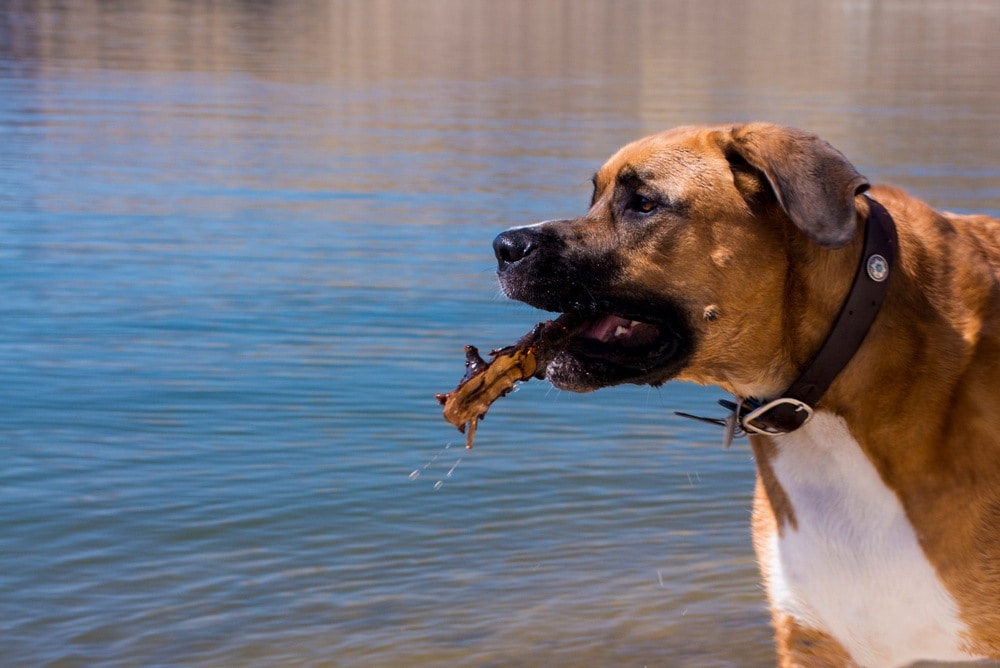
A Saint Bernard Great Dane mix is often called a Saint Dane. These dogs are often between 120 to 190 pounds. This is much larger than most other breeds on this list, so plan for a dog on the larger side of things. Their lifespan is typically short, which is common with most giant breeds. Often, they only live for about 7 to 10 years.
These dogs are extremely gentle and laidback. They are patient enough for children and are often too large for even the most rambunctious toddler to hurt.
Because of their large size, it is important to budget for this mixed breed correctly. They eat a large amount, require expensive equipment, and can quickly mass vet bills. Ensure that you have plenty of extra money to properly feed and house these dogs.
8. Saint Charnard (St Bernard x Chow Chow)
Chow Chows are often known as large dogs. When you combine them with a Saint Bernard, you often end up with an even larger dog. These dogs often have intense guarding instincts and need plenty of socialization to reduce the possibility of aggression. They bond closely with their family, though they are extremely aloof with outsiders. They make great guard dogs for this reason but do require extensive training to pull this off safely.
Because of their Saint Bernard blood, this mixed breed may be a bit more laidback than a purebred Chow. However, socialization is largely what will determine this dog’s ability to accept strangers into the home. They also don’t like other dogs, so they are only recommended for one-dog homes. With socialization, they may be accepting of other dogs in their space, but they likely will never enjoy it.
9. Golden Saint (St Bernard x Golden Retriever)
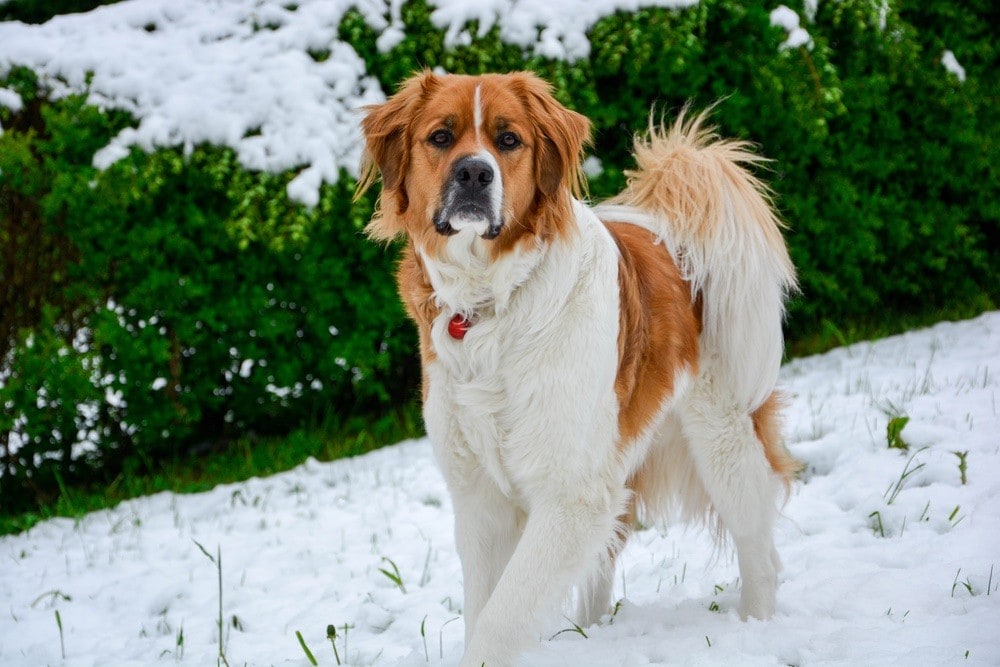
Compared to other mixed breeds on this list, the Golden Saint is actually quite popular. They may be anywhere from 60 to 190 pounds. You should prepare for a larger dog but understand that these dogs don’t always end up the size of giants.
They are affectionate and friendly. Many bond closely with their family but also get along with strangers. Usually, they love pretty much everyone. Their people-oriented nature does mean that they may not do well with being alone. Some are prone to isolation anxiety. Crate training and working with them from a young age often helps them get over this fear of being alone. But they aren’t typically dogs that you can leave by themselves for many hours a day.
10. Saint Shepherd (St Bernard x German Shepherd)
German Shepherds are known for their devotion to their family and somewhat guarded nature. The Saint Shepherd often inherits at least some of these traits. Many of them will show guarding tendencies and do best when well-socialized from a young age. They require regular training, which also helps their mind stay busy.
Of course, not all these dogs are protective. Some of them may act more like a Saint Bernard, which means they’ll be friendly and laidback. Most dogs are somewhere in the middle, though it is difficult to tell where they will fall on this scale when they are puppies.
If properly raised, these dogs can be extremely loyal and friendly. They may never absolutely love strangers, but they will learn to accept them into the household.
11. Berdoodle (St Bernard x Poodle)
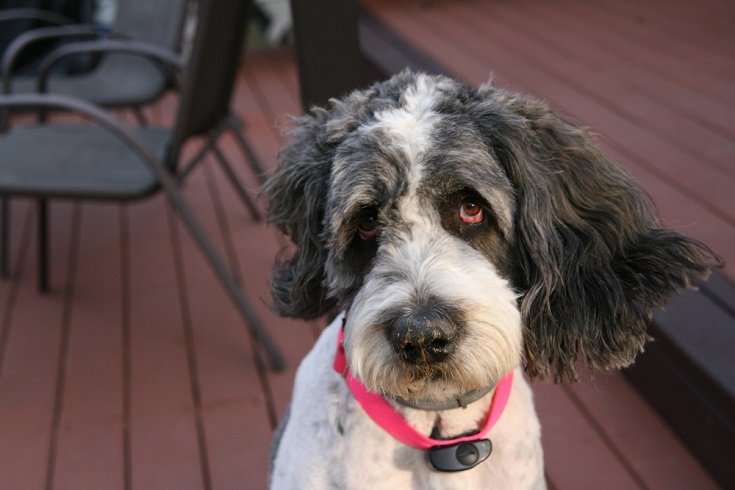
The Berdoodle is one of those famous Poodle mixes. They are working dogs to their core, which means that they thrive best when given a job to do. Often, it is best to provide them with a form of mental stimulation so their minds stay busy and entertained. Otherwise, they can attempt to make their own fun, which may lead to destructive behaviors. They also have decently high exercise needs. Many love water, so swimming is a great way to help them meet their activity requirements.
When taken care of properly, these dogs can make great companions. They’re smart enough to learn just about any command and people-pleasing enough to listen to their owners. Training them is extremely easy, which is good because it is required to keep them mentally stimulated.
Their coat will vary widely from one dog to another. Some may have the shaggy coat of the Saint Bernard, while others will have the curly coat of the Poodle. These dogs are not hypoallergenic, so do not purchase one if you have dog allergies.
12. Saint Bullnard (St Bernard x Pit Bull)
Breeding an American Pit Bull Terrier with a Saint Bernard leaves you with this unique breed. This dog often grows to be quite large, typically somewhere between 70 to 180 pounds. They are typically friendly and accepting of strangers. They don’t have any significant guarding instincts, despite common misconceptions. In fact, they are typically accepting of just about everyone.
These dogs may be more hyperactive or they can be quite laidback. It mostly depends on what traits they inherit from their parents. Some may need a significant amount of exercise, while others are perfectly fine lying around all day. Follow your dog’s lead when it comes to meeting their exercise needs. If they are exhibiting destructive behaviors, they likely need extra exercise.
This is one of the most variable breeds on this list. You absolutely don’t know what you’re going to get with this mixed breed. Before adopting one, be sure you’re okay leaving much of your dog’s personality and appearance to chance.
13. Saint Bernese (St Bernard x Bernese Mountain Dog)
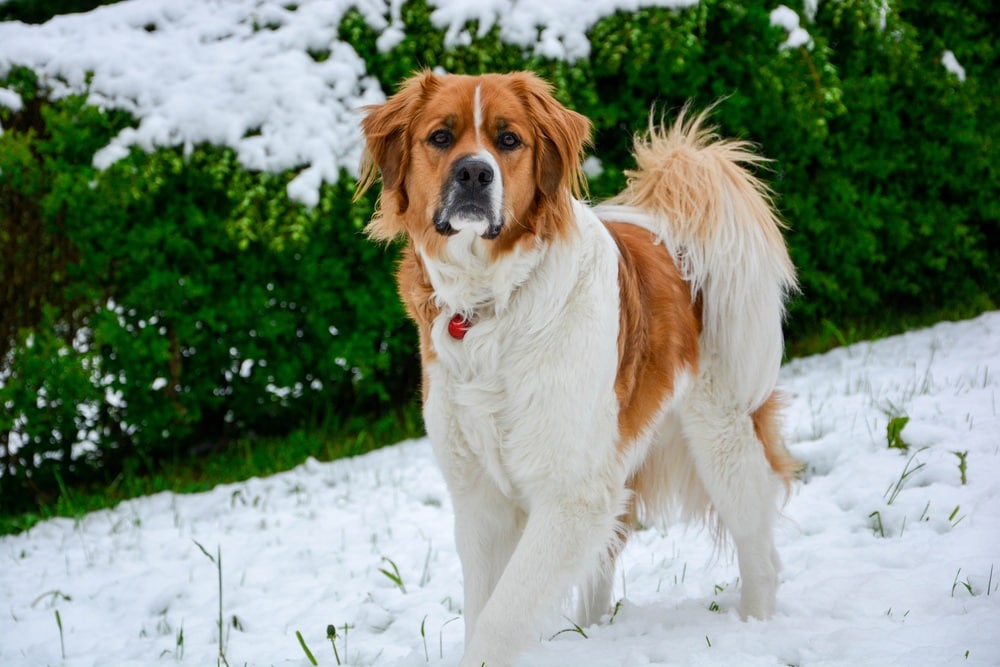
The Bernese Mountain Dog is a rather large breed. When you combine them with a Saint Bernard, you often end up with a canine weighing between 70 to 190 pounds. These dogs are hard workers and have a great deal of endurance. However, they don’t necessarily need much exercise. A short to medium walk is often all they need. Otherwise, they will spend much of their day lying around.
They are usually laid back and gentle. They don’t need much attention, though they do bond closely with their people. They’re great dogs for families that are busy but want a big fluff ball to cuddle with at the end of the day.
They do need a bit of socialization and training, though this can be said about all dogs. They train quite easily and can learn to get along with strangers and other dogs without much of a problem.
This breed can be a great family dog. As long as you have room for them and meet their moderate exercise needs, they are often affectionate and well-behaved indoors.
14. Saintkita
This rare breed is a mix between an Akita and a Saint Bernard. These dogs often weigh over 100 pounds, so they are not small by any means. They do require quite a bit of exercise, so they do best when in a more active family. A larger home and fenced-in backyard are preferable, as these canines are often not okay with simply lying around all day.
They are known for their devotion to their family, but they can also be protective. The Akita is well-known as a guard dog, so this mixed breed often inherits at least a few of these traits. They require socialization to teach them that not all strangers are bad. Luckily, their intelligence makes them quite easy to train. Puppy classes are highly recommended, as these classes help socialize your canine and get training off on the right paw.
The Saintkita is known as being a one-person dog. They often bond closely with one person, so they may not work best in larger families. They may get separation anxiety when away from this one person, so crate training is essential. They don’t do best when left unattended for a long time, so their owners shouldn’t be gone for hours on end.
15. Border Bernard (St Bernard x Border Collie)
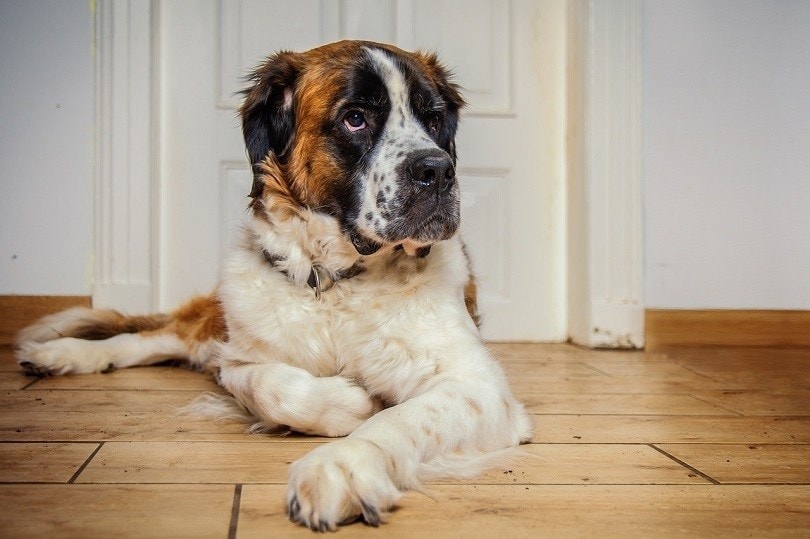
Combining a Saint Bernard with a Border Collie often leaves you with an extremely intelligent, large dog. The weight of this breed varies widely, but they are usually somewhere between 45 to 120 pounds. They are extremely intelligent and require quite a bit of mental stimulation, such as training and puzzle toys. Otherwise, they may get bored and exhibit destructive behaviors.
Their coat varies. However, they will usually have longer hair of some sort. Moderate grooming is often required, though they won’t need trimming or anything like that.
They do have high exercise needs, so regular activity is absolutely required. Long walks and intense playtimes are recommended. Sometimes, they’ll need as much as an hour a day of intense physical activity. For this reason, we highly recommend them for active families only. Otherwise, it may be difficult to meet their activity needs.
This breed can make a great family dog as long as their needs are met. They tend to be a bit higher maintenance than other breeds due to their high mental stimulation and physical activity needs. When you combine these with their grooming requirements, you’ll be spending quite a bit of time taking care of this dog.
Conclusion
Saint Bernard mixed breeds tend to be big, even though most are not quite as large as a purebred Saint Bernard. Most are not as laidback as a Saint Bernard either, since the traits of other, more active dogs are often added.
No matter which mixed breed you choose, there is a degree of unknown with each dog. Mixed breeds inherit their traits from a much larger gene pool than purebred dogs, which means that they can vary more. For this reason, it is best not to adopt one of these dogs if you can’t handle playing the doggie lottery. You never quite know what you’re going to get.
That said, when you breed a Saint Bernard with a similar breed, you often end up with puppies that are relatively uniform. Breeding the Saint Bernard with a dog that differs widely can lead to a puppy with practically any traits, though. For this reason, some mixed breeds on this list vary more than others.
Either way, we recommend planning for a giant-sized dog, even though most mixed breeds are smaller than a purebred Saint Bernard. You don’t know how large your dog will be until they are fully grown, and the last thing you want is to find out that you don’t have enough room for them.
Next on your reading list:
- Male St. Bernards vs Female St. Bernards: What Are The Differences?
- 10 Best Dog Foods for Terrier Mixes: Reviews and Top Picks
Featured Image Credit: rokopix, Shutterstock
